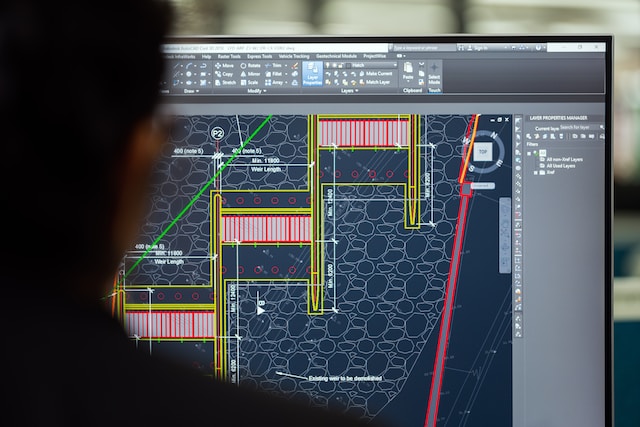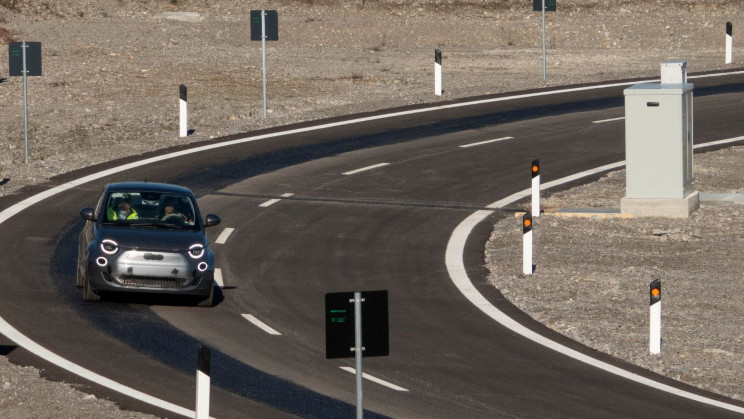Researchers from Binghamton University, Professor Seokheun “Sean” Choi and Ph.D. student Maryam Rezaie, have introduced a groundbreaking concept: artificial plants that not only purify the air by absorbing carbon dioxide and producing oxygen but also generate small amounts of electricity. These innovative plants could revolutionize how we power our homes and improve environmental quality.
Initially, the researchers created an artificial leaf “for fun” using five biological solar cells powered by photosynthetic bacteria. However, they soon realized the concept held much broader potential.
The team constructed the first artificial plant with five leaves and tested its ability to capture carbon dioxide and produce oxygen.
How It Works: Mimicking Nature’s Design
These artificial plants are designed to mimic the structure and function of real plants. They feature a leaf-like structure that absorbs carbon dioxide from the air and a root-like structure that houses the bacteria. This symbiotic relationship between the bacteria and inorganic materials enables efficient energy production and air purification.
A Massive Leap in Carbon Capture and Energy Production
Using indoor light to drive photosynthesis, these artificial plants reduce indoor CO2 levels by 90%, from 5000 ppm to 500 ppm—far surpassing the 10% reduction achieved by natural plants. In addition to improving air quality, the system generates oxygen and produces enough bioelectricity to power small portable devices.
Future Goals: Enhancing Power Output and Storage
Although the current power output is around 140 microwatts, Choi aims to enhance the technology to generate at least one milliwatt. He also plans to integrate an energy storage system, such as lithium-ion batteries or supercapacitors.
“I want to be able to use this electricity to charge a cell phone or for other practical uses,” Choi said. “With some fine-tuning, these artificial plants could become part of every household. The benefits of this idea are easy to see.”







